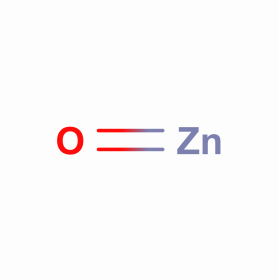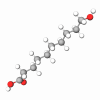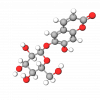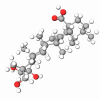Zinc is a natural element found in every cell in the body, including skin cells. Zinc oxide acts as a photocatalyst, absorbing and scattering UVA and UVB and converting UVR to heat and light that rejuvenates skin connective tissue. In addition, it soothes and calms sensitive skin.
High-quality grade Zinc oxide is a white powder specially produced to comply with the high purity requirements of the United States Pharmacopeia and the FDA. Grades of different primary particle sizes are available between 25 and 120 nanometers. The degree of aggregation is a function of the primary particle size and manufacturing process, similar to the case with Titanium dioxide.
When properly ground, Zinc oxide with a smaller primary particle will give better transparency and better attenuation of both UVA and UVB. However, due to its low refractive index, ZnO whitening is less of a concern, especially when the use level is under four percent. In in-vitro studies, larger-size Zinc oxide scored a higher critical wavelength than finer ones but gave lower PFA when tested in-vivo.
Zinc oxide is widely used in pharmaceuticals as a skin protectant and astringent in ointments, lotions, salves, and sunscreens. It has also been used for dermatological applications such as diaper creams, insect bites, and inflammation. Depending on the formulation, zinc oxide can be used in skin care preparations at a 1- 15% concentration.










